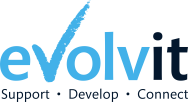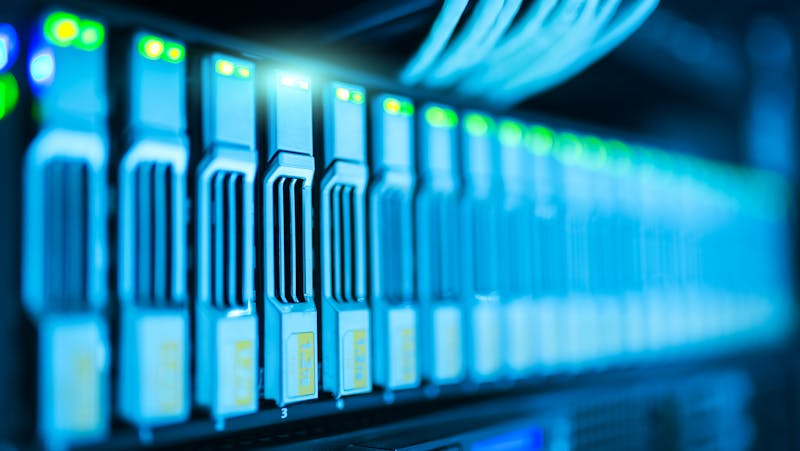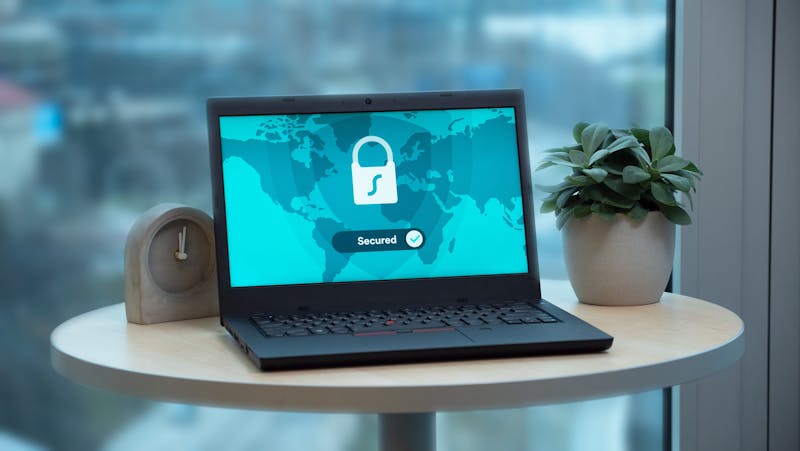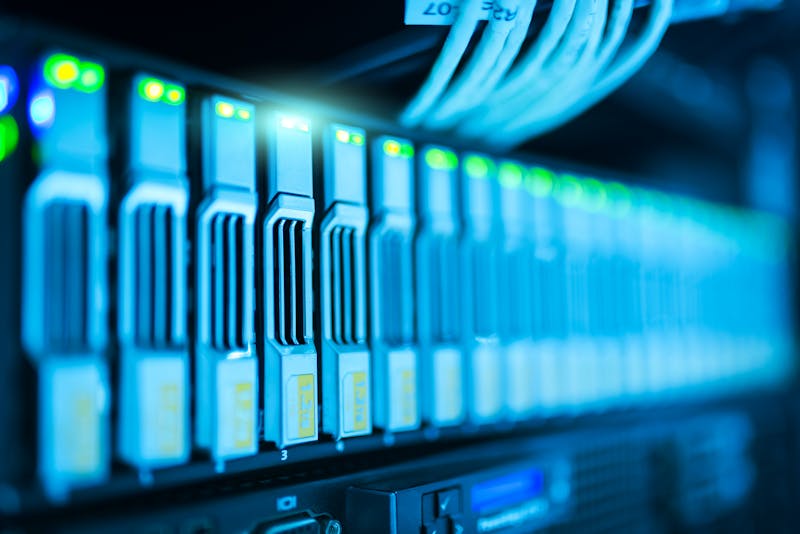How Remote Hosted Desktops Enable SMB Growth
An office-approved desktop that’s accessible to your entire workforce, no matter where they are or what device they’re using. This sounds like the productivity dream, especially in the wake of a pandemic that has forced many of us away from our offices and into remote working.
But it also sounds like a pricey dream; a boon that’s exclusive to enterprises and large companies with the budget to sink into IT projects. Some SMBs may also struggle to justify the expense. Do you really need your team to access work based computers when your team of ten can simply download the software or log into apps from their computers at home?
In this article, we unpack the benefits remote hosted desktops offer small to medium businesses.
Better Security
Over the last few years, cybercriminals have increasingly targeted SMBs, banking on less robust security systems for worming their way in. Nearly half of all breaches are from small businesses, according to Verizon.
A remote hosted desktop helps small businesses bolster their defences against opportunistic thieves by minimising their vulnerabilities. Remote systems can be configured to be “non-persistent”, meaning everything is wiped at a set interval–for instance, every time the employee logs out, or every night. Using this technique, malware isn’t given very long to fester and do damage.
Use of unsecured public WiFi is one other risk remote hosted desktops mitigate. Remote sessions are run on encrypted channels, allowing for higher security against criminals looking in.
Granular Monitoring and Access Control
Businesses are wary about allowing devices outside of the office to access data, and with good reason. Around 15 percent of confirmed data breaches can be traced back to lost devices.
With a remote desktop, administrators can toggle access and permissions from the central console. That’s more efficient than configuring computers individually every time permissions change when an employee leaves or comes onboard. Businesses can set stricter login requirements, such as two-factor authentication, to protect against physical theft and loss.
Timely Updates, Patches, and Backups
Updating your software on time is a crucial part of keeping your systems secure and optimised. However, the process often takes some time and may be disruptive. Some business owners may put it off, especially if there’s no one to oversee the rollouts.
With remote hosted desktops, updates and patches can be pushed out automatically. This eliminates the risk of leaving security gaps from passing the responsibility onto employees.
The same applies for data backups. Many files end up exclusively housed on an employee’s device. This makes your business vulnerable to data loss stemming from device failure or theft. A remote hosted desktop helps keep work applications updated, allowing for better continuity. If an employee’s laptop or phone breaks down, they can simply hop onto another device and continue working.
Streamlined Work
Typically, a smaller workforce means every employee takes on a larger role. Responsibilities can cross between departments. A remote hosted desktop can help employees stay on top of work. Sales people hopping from one location to another have access to the same resources as your office-based personnel. Virtualised desktops also allow for faster real-time updates to the system.
Remote hosted desktops also reduce compatibility issues. As everything is hosted on the cloud, you can run the latest version of apps and OS systems on relatively older devices. Granted, of course, that the computing resources of the device can run the hosted session.
Enables Better Remote Work
Remote work is, obviously, the most notable perk of using remote hosted desktops. But beyond simply enabling work from any corner of the world, a virtualised system allows businesses to efficiently carry out that work.
A centralised system makes for better communication and coordination–it’s easier to conduct online meetings where everyone’s looking at the same thing. As data is also hosted on the cloud, employees have access to any shared files they need.
A remote hosted desktop also allows you to hire virtually any employee from around the globe, giving you an edge over competitors who are limited to the local hiring pool. Long commutes or moving across the country are no longer factors that will stop potential employees from working for you.
Reduced IT Costs, Better Scalability
Use of personal devices in the office used to be an IT department’s nightmare. However, recent years have seen more businesses adopt Bring Your Own Device policies. Some 71 percent of SMBs have some form of BYOD scheme in place. Remote hosted desktops allow businesses to implement BYOD in a more secure, efficient way, without breaking their budgets just to make the infrastructure to support it.
Managing a single desktop, along with licensing apps, costs around £1500-£2000 per year. Savings on hardware and upkeep are significant, especially for small businesses who may not have the capital to buy hardware such as in-house servers, or to hire expensive full time IT experts. “Instead of having to buy, provision, manage, track and monitor desktop applications, companies outsource these functions to a desktop cloud provider to do it for them,” says Dick Csaplar, a research analyst from Aberdeen Group. Businesses can divert time spent on managing IT resources to other projects for growth, or opt to use thin clients instead of pricier traditional desktops.
A remote desktop also means you won’t have to lose money on suddenly vacant machines, or have to shell out large sums everytime you need to hire. You can quickly scale your plans based on your needs. For small to medium businesses, that means staying agile and flexible without bleeding money on IT.






